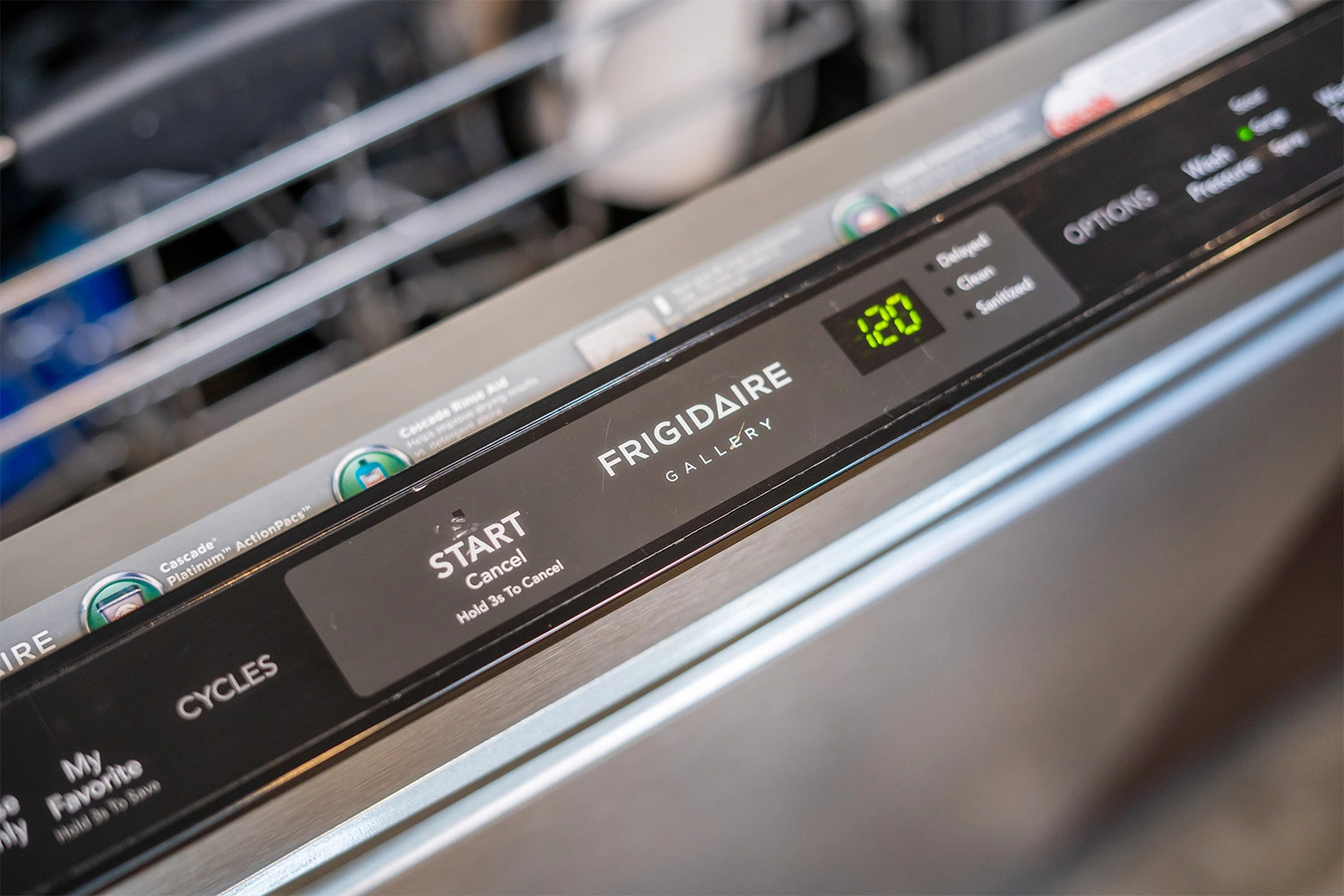

Articles
How To Start Frigidaire Dishwasher
Modified: May 6, 2024
Learn how to start your Frigidaire dishwasher with these helpful articles. Get step-by-step instructions and troubleshooting tips to get your dishwasher running smoothly.
(Many of the links in this article redirect to a specific reviewed product. Your purchase of these products through affiliate links helps to generate commission for Storables.com, at no extra cost. Learn more)
Introduction
Welcome to the world of convenience and cleanliness with Frigidaire dishwashers. If you’re tired of spending countless hours scrubbing dishes by hand, a Frigidaire dishwasher is the perfect addition to your kitchen. With its innovative features and sleek design, a Frigidaire dishwasher not only saves you time and effort but also ensures sparkling clean dishes every time.
In this comprehensive guide, we will walk you through the step-by-step process of how to start your Frigidaire dishwasher. From safety precautions to troubleshooting tips, we’ve got you covered. So, let’s dive in and get your dishwasher up and running!
Before we begin, it’s important to note that the specific steps may vary slightly depending on the model of your Frigidaire dishwasher. Therefore, always refer to your appliance’s user manual for detailed instructions. Now, let’s get started with some essential safety precautions.
Key Takeaways:
- Prioritize safety by following the user manual, gathering necessary tools, and preparing the space before installing your Frigidaire dishwasher. Ensure proper water and power connections, and perform testing and troubleshooting for optimal performance.
- Regular maintenance, such as cleaning the filter and inspecting the spray arms, is essential to keep your Frigidaire dishwasher running smoothly. Follow the user manual for specific maintenance guidelines and enjoy the convenience of sparkling clean dishes!
Read more: How To Use A Frigidaire Dishwasher
Safety Precautions
Prior to starting any work on your Frigidaire dishwasher, it is crucial to prioritize safety. Here are some important precautions to follow:
- Turn off the power: Before doing any maintenance or repair tasks on your dishwasher, ensure that it is completely powered off. This can be done by either unplugging it from the electrical outlet or flipping the corresponding breaker switch.
- Use protective gear: When working on your dishwasher, it is advisable to wear protective gloves and safety glasses to avoid any potential injury.
- Read the user manual: Familiarize yourself with your Frigidaire dishwasher’s user manual. It contains valuable information on safety guidelines and specific instructions for your particular model.
- Avoid excessive force: Do not use excessive force when operating or troubleshooting your dishwasher. Follow the instructions and handle the appliance gently to prevent any damage.
- Keep children away: Ensure that children and pets are kept away from the dishwasher while you are working on it. This is to prevent accidents and potential injuries.
- Disconnect the power supply: If you need to work on the electrical components of your dishwasher, always disconnect the power supply to avoid electrical shocks.
- Use authorized parts: When replacing any components of your Frigidaire dishwasher, use only authorized parts to maintain safety and warranty compliance.
- Consult a professional: If you are unsure about any aspect of the installation or repair process, it is recommended to seek assistance from a qualified professional.
By adhering to these safety precautions, you can ensure a safe working environment and minimize any potential risks associated with starting or maintaining your Frigidaire dishwasher. Now that we’ve covered the safety aspects let’s move on to the tools and materials you’ll need.
Gather Required Tools and Materials
Before you can start the installation process for your Frigidaire dishwasher, make sure you have the following tools and materials on hand:
- Adjustable wrench: This will be used to tighten the nuts and bolts during installation.
- Phillips screwdriver: You’ll need this to remove and install screws.
- Level: To ensure that your dishwasher is properly aligned and balanced.
- Tape measure: This will help you measure the space where the dishwasher will be installed to ensure a proper fit.
- Pliers: Useful for securing hose connections and removing or tightening clamps.
- Teflon tape: To create a watertight seal for the water connections.
- Dishwasher installation kit: This may include various fittings, brackets, and other necessary components specific to your dishwasher model.
- Bucket or towel: To collect any water that may spill during the installation process.
- Electrical tape: For insulating electrical connections.
- Pencil or marker: To mark the positions for the mounting brackets and other components.
Having these tools and materials readily available before beginning the installation will save you time and ensure a smoother process. It’s always better to be prepared and have everything you need within reach. Now that you have gathered the necessary tools, let’s move on to the preparation steps.
Preparation
Before starting the installation process for your Frigidaire dishwasher, it’s important to complete a few preparatory steps for a smooth and successful installation:
- Read the user manual: Familiarize yourself with the specific instructions and requirements outlined in the user manual for your dishwasher model. This will ensure that you have a clear understanding of the installation process and any specific considerations for your appliance.
- Measure the space: Use a tape measure to measure the space where you plan to install the dishwasher. Make sure to note the height, width, and depth requirements specified in the user manual. This will help ensure a proper fit and avoid any complications during the installation.
- Clear the area: Remove any items, dishes, or obstacles from the area where the dishwasher will be installed. This will provide you with a clear and unobstructed workspace for the installation process.
- Check the connections: Inspect the existing water supply and drain connections to ensure they are in good condition and properly located for the dishwasher installation. If any modifications are needed, make the necessary adjustments.
- Prepare the electrical connection: If your dishwasher requires a specific electrical connection, ensure that the appropriate power supply is available nearby. If needed, consult an electrician to install the necessary electrical outlet in compliance with local building codes.
- Review the plumbing requirements: Understand the plumbing requirements for your dishwasher model. This may include specific instructions for the water inlet and drain connections, as well as any additional accessories needed for proper installation.
- Unpack the dishwasher: Carefully unpack your Frigidaire dishwasher and inspect it for any visible signs of damage. If you notice any issues, contact the retailer or manufacturer for assistance.
- Keep all the components organized: As you unpack the dishwasher and gather the installation components, keep everything organized and easily accessible. This will prevent any confusion or delays during the installation process.
By following these preparation steps, you’ll ensure that you have a clear understanding of the installation requirements and that you’re fully prepared to proceed with the installation process. Now that you’ve completed the preparation, it’s time to move on to the installation steps.
Installation
Now that you have completed the necessary preparations, it’s time to start the installation process for your Frigidaire dishwasher. Follow these steps carefully to ensure a successful installation:
- Locate the mounting brackets: Depending on your dishwasher model, there will be different mounting brackets that need to be installed. Refer to the user manual to find the correct location and position for these brackets.
- Position the dishwasher: Carefully slide the dishwasher into its designated position, making sure to align it with the mounting brackets. Use a level to ensure that the dishwasher is perfectly balanced and adjust the leveling legs if necessary.
- Secure the dishwasher: Once the dishwasher is in the correct position, secure it by attaching the mounting brackets to the underside of the countertop or cabinet. Use screws or bolts provided in the installation kit to firmly fix the brackets in place.
- Connect the water supply: Depending on your plumbing configuration, connect the water supply line to the dishwasher. Use Teflon tape to create a watertight seal and avoid any leaks. Use pliers to ensure a tight connection without overtightening.
- Connect the drain hose: Locate the drain outlet on your dishwasher and connect the drain hose. Make sure the hose is properly aligned and secured to prevent any leaks. If required, use a hose clamp to ensure a tight connection.
- Check the electrical connection: Follow the user manual instructions to connect the dishwasher to the electrical supply. Ensure that the power is turned off before making any electrical connections. Use electrical tape to insulate the connections for added safety.
- Double-check the connections: Once all the connections are in place, double-check to ensure that everything is securely fastened and properly aligned. Inspect for any signs of leakage or loose connections.
- Reinstall the kickplate: If your dishwasher has a kickplate, reinstall it to cover the bottom area of the dishwasher. This helps protect the internal components and provides a finished look.
- Turn on the water supply: Before testing the dishwasher, ensure that the water supply valve is turned on. This will allow water to flow into the dishwasher during the cycle.
Once you have completed the installation steps, you are now ready to move on to the next phase – connecting your Frigidaire dishwasher to the power supply.
Read more: How To Install Frigidaire Dishwasher
Connecting to Power
Now that you have successfully installed your Frigidaire dishwasher, it’s time to connect it to the power supply. Follow these steps carefully:
- Ensure the dishwasher is turned off: Before connecting the power, make sure the dishwasher is in the off position and that the power switch is in the off position as well.
- Locate the power cord: Depending on your dishwasher model, it may either come with a power cord or be hardwired. If there is a power cord, locate it at the back of the dishwasher.
- Connect the power cord: If your dishwasher comes with a power cord, plug it into a nearby electrical outlet that meets the required specifications. Make sure the outlet is grounded and can support the dishwasher’s power requirements.
- Hardwiring the dishwasher (if applicable): If your dishwasher is hardwired, consult a qualified electrician to make the necessary electrical connections. This typically involves connecting the dishwasher’s wires to a junction box or directly to the electrical supply using wire nuts.
- Secure the power cord: Once the power cord is connected or the dishwasher is hardwired, ensure that the wires and connections are properly secured. Use electrical tape or wire nuts, depending on the type of connection, to insulate and protect the wires.
- Double-check the connections: Before proceeding, double-check that all electrical connections are securely fastened and properly insulated. This will help prevent any electrical issues or safety hazards.
- Turn on the dishwasher: Finally, turn on the dishwasher by flipping the power switch. You should see the control panel light up, indicating that the dishwasher has power.
By following these steps, you can successfully connect your Frigidaire dishwasher to the power supply. Ensure that you handle electrical connections with caution and, if needed, consult a professional electrician for assistance. With the power connected, you’re now ready to move on to the next steps of the installation process.
Make sure the dishwasher door is securely closed and latched before starting the cycle. Also, check that the water supply is turned on and the dishwasher is plugged in.
Water Connection
Connecting the water supply to your Frigidaire dishwasher is an essential step in the installation process. Follow these steps to ensure a proper water connection:
- Locate the water inlet valve: Depending on your dishwasher model, the water inlet valve may be located at the back or on the bottom of the appliance. Refer to the user manual for the precise location.
- Connect the water supply line: Attach one end of the water supply line to the water inlet valve on the dishwasher. Ensure that the connection is tight, but be careful not to overtighten as it may cause damage to the valve.
- Tighten with pliers: To guarantee a secure connection, use pliers to tighten the water supply line to the water inlet valve. Aim to achieve a snug fit without overexerting force.
- Turn on the water supply: Before testing the dishwasher, make sure that the water supply valve is turned on. This will allow water to flow into the dishwasher during the washing cycle.
- Check for leaks: Once the water supply is turned on, closely inspect the water connection for any signs of leaks. Look for drips, pooling water, or dampness around the connection. If there are any leaks, tighten the connection further or replace the water supply line if necessary.
- Purge the water line: To ensure that the water supply line is clear of any debris or air, run the water for a few seconds before connecting it to the dishwasher. This will help remove any impurities that could potentially clog the dishwasher’s water inlet valve or affect its performance.
It is crucial to carefully follow these steps to ensure a proper water connection for your Frigidaire dishwasher. Leaks in the water connection can cause water damage and compromise the dishwasher’s functionality. With the water line connected, you can move on to the next step: connecting the drain hose.
Drain Connection
The drain connection is a vital part of the installation process for your Frigidaire dishwasher. Follow these steps to ensure a proper drain connection:
- Locate the drain hose: The drain hose is typically located at the back of the dishwasher, near the bottom. Refer to the user manual for the exact location.
- Position the drain hose: Ensure that the drain hose is positioned properly to reach the drain opening in your kitchen sink or garbage disposal unit. Make sure there are no kinks or bends in the hose that may restrict the flow of water.
- Connect the drain hose: Take the end of the drain hose and connect it to the drain opening. Depending on your setup, you may need to use a hose clamp to secure the connection and prevent any leaks.
- Secure the hose clamp: If required, use pliers to tighten the hose clamp around the drain hose, ensuring a snug fit. This will help prevent the hose from dislodging during the dishwasher’s operation.
- Create a high loop: To prevent any backflow or contamination of the dishwasher, it is recommended to create a high loop in the drain hose. This involves lifting the middle portion of the hose and fastening it to the underside of the countertop or sink cabinet using a clip or zip tie.
- Test for leaks: Once the drain hose is connected and secured, run a test cycle on your dishwasher to check for any leaks. Observe the connection points closely for any signs of water leakage. If you notice any leaks, ensure that the connections are tightened or consider replacing the hose if necessary.
- Verify proper drainage: During the test cycle, ensure that the water is properly draining from the dishwasher and into the sink or garbage disposal unit. If you notice any flow issues or pooling water, double-check the hose connections and the high loop to make sure they are correctly positioned.
By following these steps, you can ensure a proper drain connection for your Frigidaire dishwasher. A secure and leak-free drain connection is vital for the proper functioning of your dishwasher. With the drain connected, you’re almost ready to start using your dishwasher. However, it is essential to perform some testing and troubleshooting before regular use.
Testing and Troubleshooting
Once you have completed the installation process for your Frigidaire dishwasher, it’s important to perform some testing and troubleshooting to ensure everything is functioning correctly. Follow these steps:
- Perform a test cycle: Follow the user manual instructions to run a test cycle on your dishwasher. This will allow you to check if the dishwasher fills with water, washes the dishes properly, drains water efficiently, and completes the cycle without any issues.
- Check for leaks: During the test cycle, carefully inspect all the water connections, including the water supply line and drain hose, for any signs of leaks. If you detect any leaks, make sure the connections are tightened or replaced if necessary.
- Verify proper water level: Ensure that the water level in the dishwasher is appropriate. It should neither be too high nor too low. If you notice any significant deviations, consult the user manual for guidelines on adjusting the water level.
- Monitor for unusual sounds: Pay attention to any unusual sounds or vibrations during the test cycle. While some noise is normal, excessively loud sounds or unusual vibrations may indicate a problem that requires further investigation or professional assistance.
- Check for proper drainage: Confirm that the dishwasher drains the water completely after the cycle. If you notice any water remaining in the dishwasher, it may be due to a clogged drain or improper installation of the drain hose. Check the drain hose for any kinks or blockages and ensure it is properly positioned.
- Test dishwasher functions: Test all the functions and settings of your Frigidaire dishwasher, such as different wash cycles, delay start, and heated dry options. Ensure that each function operates smoothly and produces the desired results.
- Refer to the troubleshooting guide: If you encounter any issues or problems during the testing process, consult the user manual’s troubleshooting guide. It provides valuable information on common problems, potential causes, and recommended solutions.
- Contact customer support if needed: If you are unable to resolve any issues or have concerns about the performance of your dishwasher, reach out to Frigidaire’s customer support for assistance. They can provide guidance or arrange for a service technician to inspect your dishwasher if necessary.
By thoroughly testing and troubleshooting your Frigidaire dishwasher, you can address any potential issues early on and ensure optimal performance. Once you are satisfied with the testing and troubleshooting, you’re ready to start enjoying the convenience of your sparkling clean dishes!
Read more: How To Reset Frigidaire Dishwasher
Maintenance Tips
Regular maintenance is essential to keep your Frigidaire dishwasher running smoothly and to extend its lifespan. Here are some maintenance tips to keep in mind:
- Clean the filter: Periodically check and clean the dishwasher’s filter to remove any food particles or debris that may accumulate. Follow the user manual for specific instructions on how to access and clean the filter.
- Inspect and clean the spray arms: Check the spray arms for any clogs or blockages that may affect their performance. Remove any debris or buildup, such as hard water deposits, and rinse them under running water if necessary.
- Run hot water before starting a cycle: To ensure optimal cleaning performance, run hot water at the kitchen faucet before starting a dishwasher cycle. This helps maintain the desired water temperature and improves the effectiveness of the detergent.
- Use quality detergent: Choose a high-quality dishwasher detergent that is suitable for your dishwasher and water conditions. Follow the manufacturer’s instructions regarding the recommended amount of detergent to use for each cycle.
- Arrange dishes properly: Properly load the dishwasher, ensuring that dishes and utensils are arranged in a way that allows water to reach all surfaces. Avoid overcrowding the dishwasher, as this may hinder proper water circulation and cleaning.
- Wipe the door seal: Regularly inspect and wipe the door seal to remove any moisture or debris that may accumulate. This helps prevent mold or mildew growth and maintains a proper seal for efficient operation.
- Clean the exterior: Wipe down the exterior of the dishwasher regularly with a soft cloth and mild detergent to remove any fingerprints or smudges. Avoid using abrasive cleaners or scrubbing pads that may damage the finish.
- Run maintenance cycles: Periodically, run maintenance cycles using dishwasher cleaner or vinegar to remove any mineral deposits or buildup in the dishwasher’s interior. Follow the manufacturer’s recommendations for the frequency of these maintenance cycles.
- Check water supply and drain connections: Regularly inspect the water supply and drain connections for any leaks or signs of damage. Ensure that the connections are secure and properly fitted to prevent any water damage or disruption in the dishwasher’s operation.
- Consult the user manual: Refer to the user manual for specific maintenance guidelines and recommendations for your dishwasher model. This will help you understand the unique features and requirements of your dishwasher and ensure proper care.
By following these maintenance tips, you can keep your Frigidaire dishwasher in top condition, ensure optimal performance, and enjoy many years of hassle-free dishwashing. Taking the time to maintain your dishwasher will result in clean, sparkling dishes and efficient operation.
Frequently Asked Questions (FAQs)
Here are some frequently asked questions about starting and maintaining a Frigidaire dishwasher:
- Q: How do I start my Frigidaire dishwasher?
- Q: Can I install a Frigidaire dishwasher myself?
- Q: How often should I clean the filter in my Frigidaire dishwasher?
- Q: What should I do if my Frigidaire dishwasher is not draining properly?
- Q: How do I remove stubborn stains from the dishwasher interior?
- Wipe the interior with a mixture of warm water and mild detergent.
- Use a non-abrasive sponge or cloth to scrub away the stains gently.
- If needed, make a paste with baking soda and water and apply it to the stained areas. Let it sit for a few minutes before scrubbing, then rinse thoroughly.
- Avoid using abrasive cleaners or scrubbing brushes, as they may damage the dishwasher’s interior.
- Q: How do I reset my Frigidaire dishwasher?
- Unplug the dishwasher from the power outlet, or flip the corresponding breaker switch to turn off the power.
- Wait for a few minutes, then plug the dishwasher back in or flip the breaker switch to restore power.
- Press and hold the start button for a few seconds until the dishwasher resets.
- Refer to the user manual for specific reset instructions for your dishwasher model.
A: To start your Frigidaire dishwasher, make sure it is properly installed and connected to power and water sources. Load the dishwasher with dishes, add detergent, select the desired cycle and options, and press the start button. Refer to the user manual for specific instructions for your dishwasher model.
A: If you have experience with basic home improvement tasks and are comfortable working with plumbing and electrical connections, you can install a Frigidaire dishwasher yourself. However, it’s important to read the user manual and follow all safety guidelines. If you’re unsure or unfamiliar with these tasks, it is recommended to consult a professional installer.
A: The frequency of cleaning the filter in your Frigidaire dishwasher depends on your usage and the type of dishes being washed. As a general guideline, it is recommended to clean the filter every 2 to 3 months or as needed. However, if you notice the dishwasher isn’t cleaning dishes effectively, it may be a sign that the filter needs cleaning sooner.
A: If your Frigidaire dishwasher is not draining properly, there may be a clog or blockage in the drain hose or air gap. Check the drain hose for any kinks or obstructions, and ensure that the air gap (if present) is clear. Additionally, make sure the drain filter is not clogged. If the issue persists, consult the user manual troubleshooting guide or contact Frigidaire customer support.
A:
To remove stubborn stains from the interior of your Frigidaire dishwasher, you can try the following:
A: To reset your Frigidaire dishwasher, you can try the following steps:
If you have any other questions or concerns about your Frigidaire dishwasher, refer to the user manual or contact Frigidaire customer support for assistance.
Conclusion
Congratulations on successfully installing and starting your Frigidaire dishwasher! With its innovative features and efficient cleaning capabilities, your dishwasher is sure to make your kitchen routine more convenient and enjoyable. By following the step-by-step instructions in this guide, you have learned how to safely install and connect your dishwasher, as well as important maintenance tips to keep it running smoothly.
Remember to prioritize safety throughout the installation process and always consult the user manual for specific instructions related to your dishwasher model. Take the necessary precautions, gather the required tools and materials, and prepare the space before beginning the installation. Ensure proper connections for the water supply and drain, and carefully connect your dishwasher to the power supply.
Once installed, don’t forget to perform testing and troubleshooting to ensure everything is in proper working order. Regular maintenance, such as cleaning the filter, inspecting the spray arms, and running maintenance cycles, will help keep your dishwasher in optimal condition.
If you ever encounter any issues or have questions about your Frigidaire dishwasher, don’t hesitate to consult the user manual or contact Frigidaire’s customer support. They are there to assist you and provide the necessary guidance.
Now, enjoy the convenience of a Frigidaire dishwasher as it takes care of the dirty dishes, giving you more time to spend with your loved ones or pursue other activities. Cheers to sparkling clean dishes and a more effortless kitchen experience!
Now that you've mastered starting your Frigidaire dishwasher, why not learn to use it like a pro? Our next guide walks you through every feature, ensuring you make the most of your appliance. From efficient loading strategies to selecting the perfect cycle, we've got all the insights you need. So, if you're ready to get those dishes sparkling without breaking a sweat, check out our detailed tutorial on how to use your Frigidaire dishwasher.
Frequently Asked Questions about How To Start Frigidaire Dishwasher
Was this page helpful?
At Storables.com, we guarantee accurate and reliable information. Our content, validated by Expert Board Contributors, is crafted following stringent Editorial Policies. We're committed to providing you with well-researched, expert-backed insights for all your informational needs.
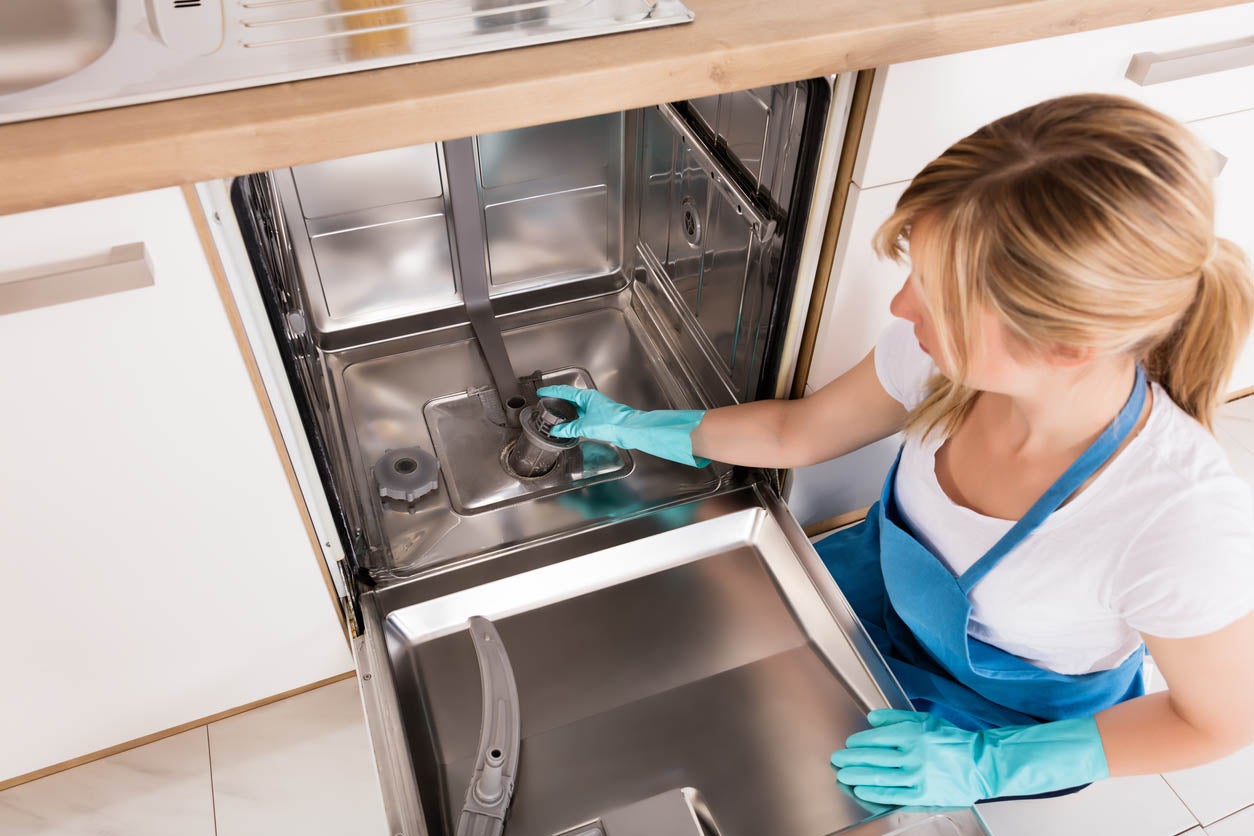
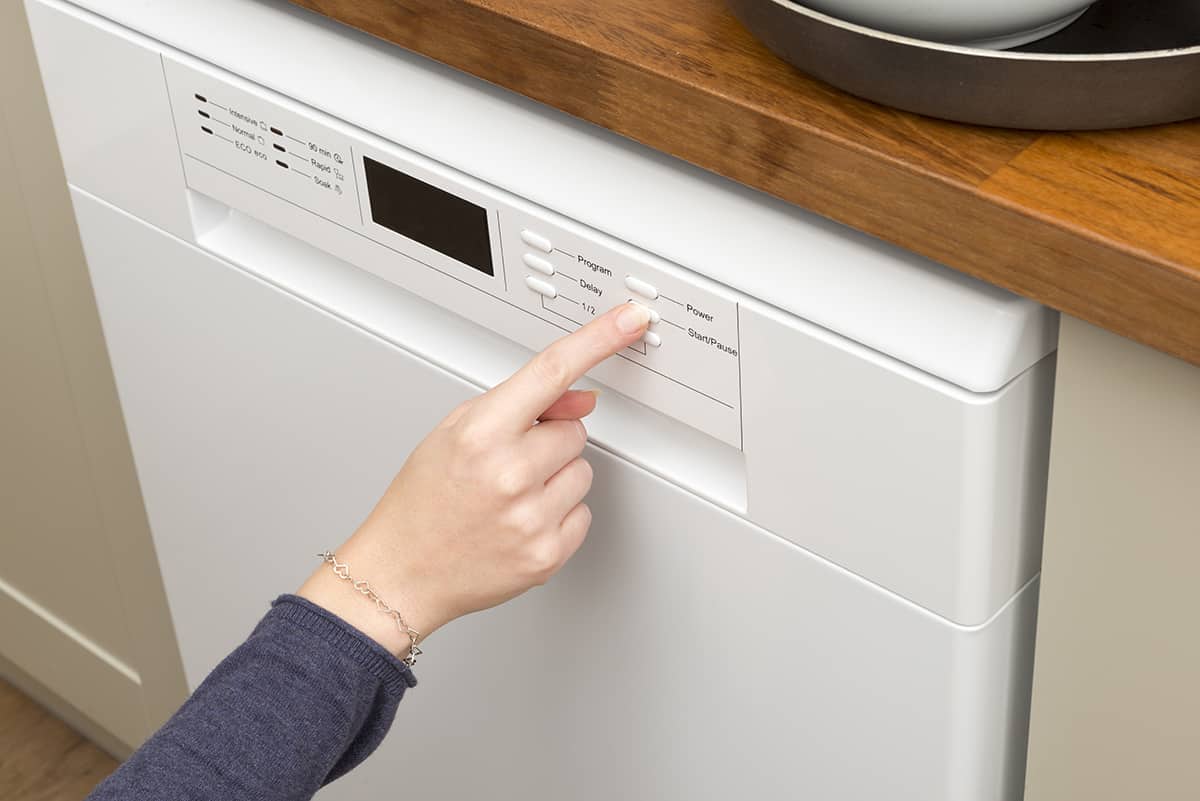
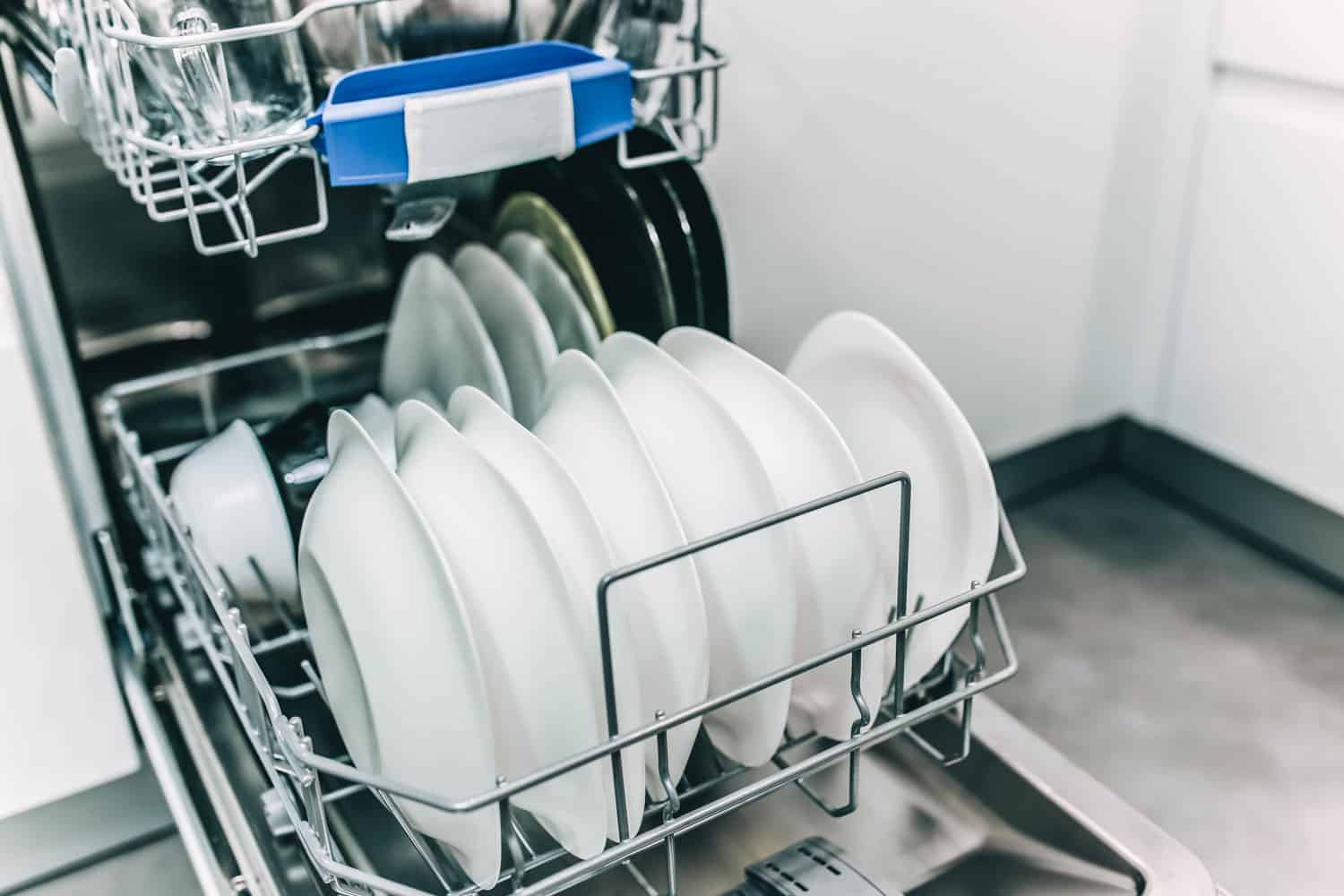
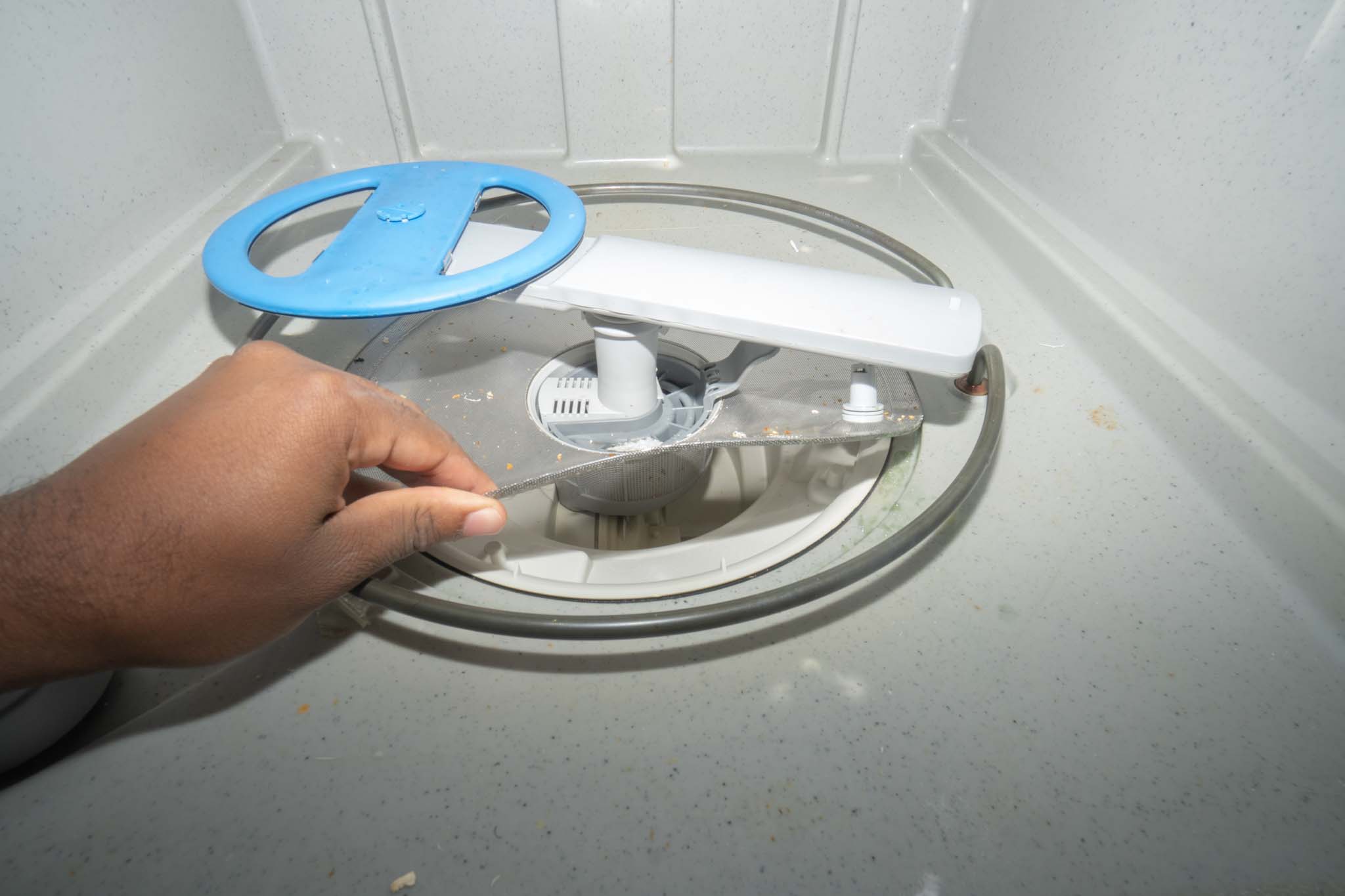
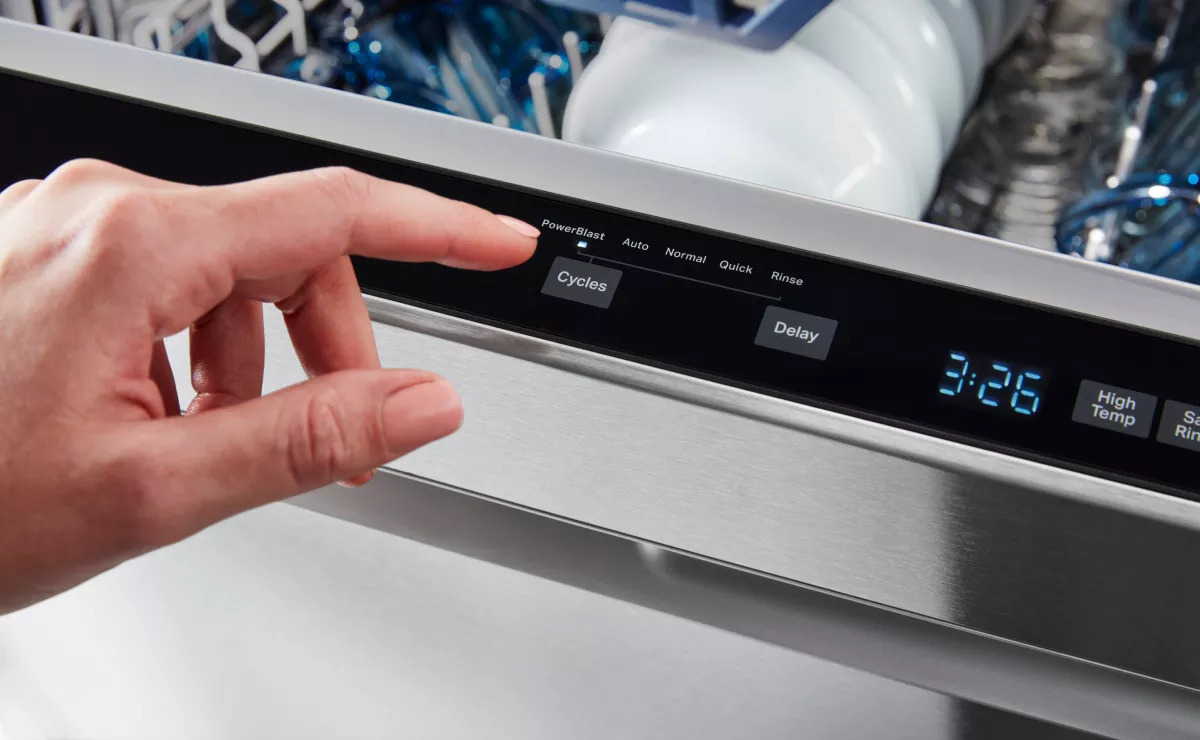
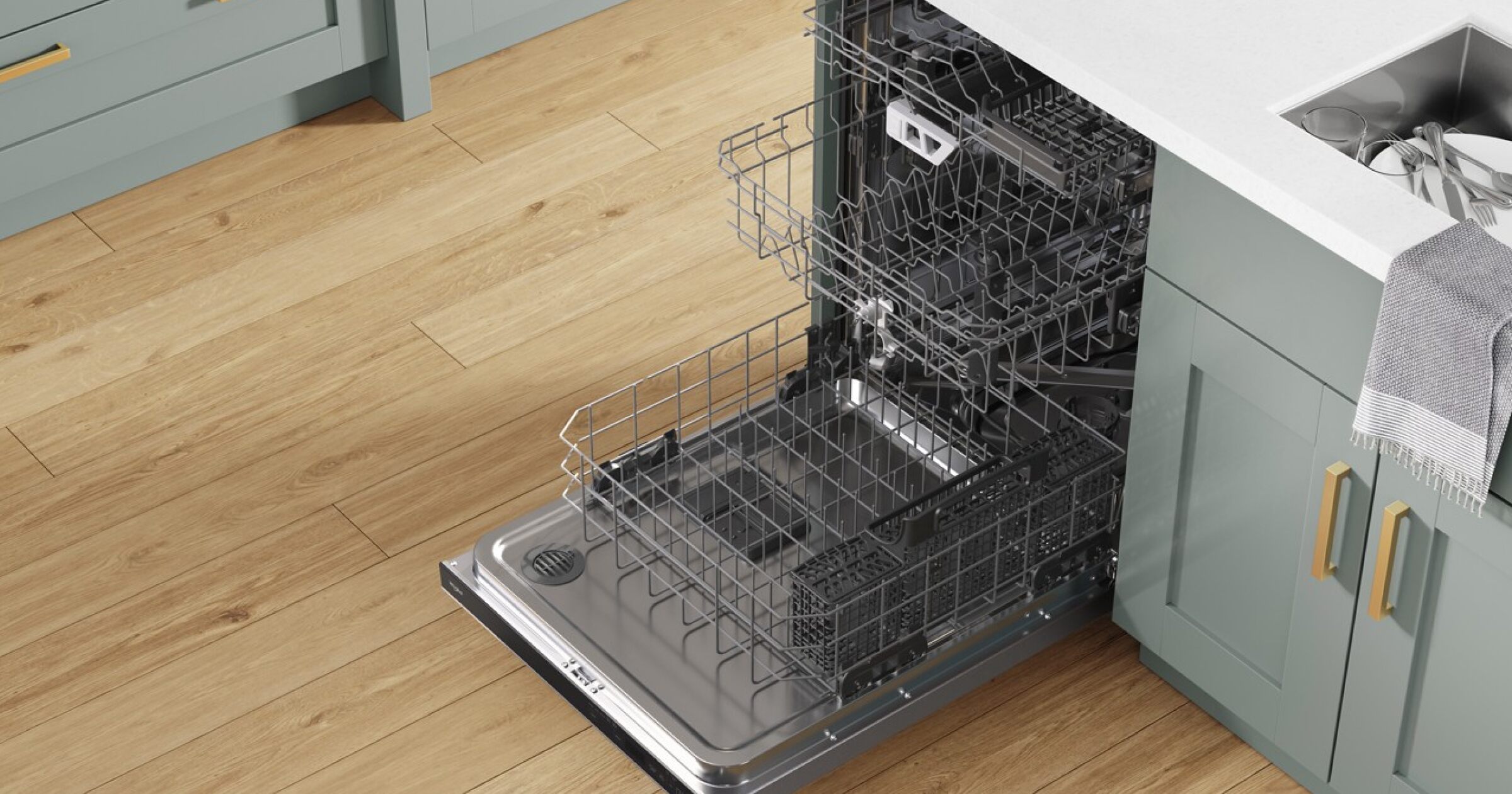
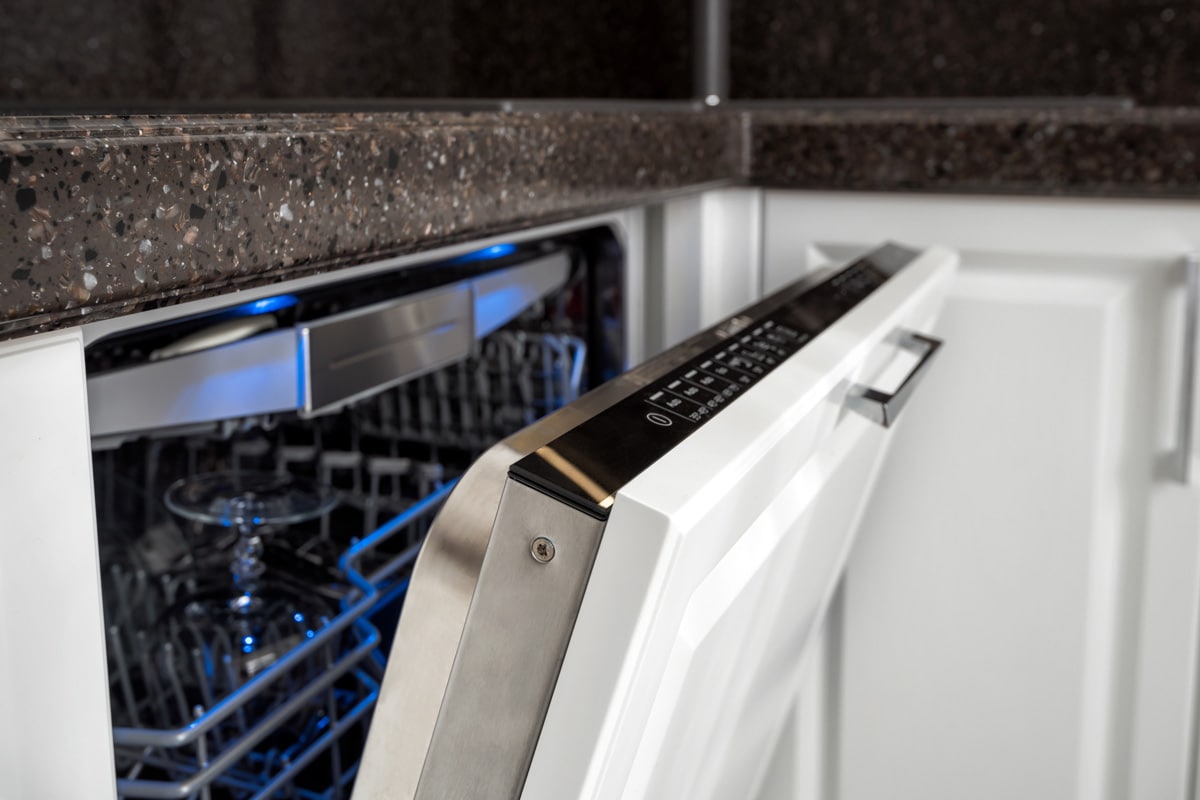
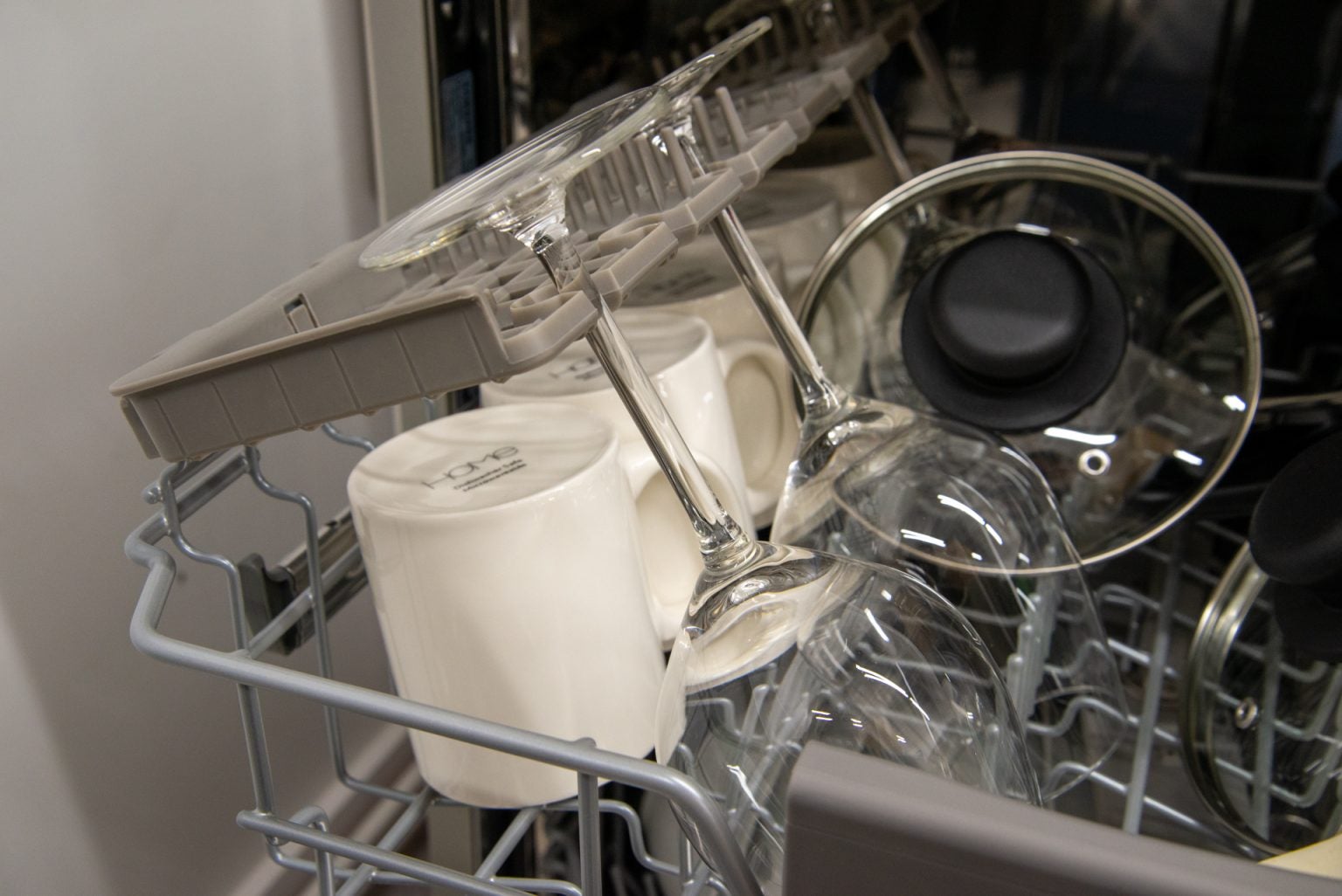
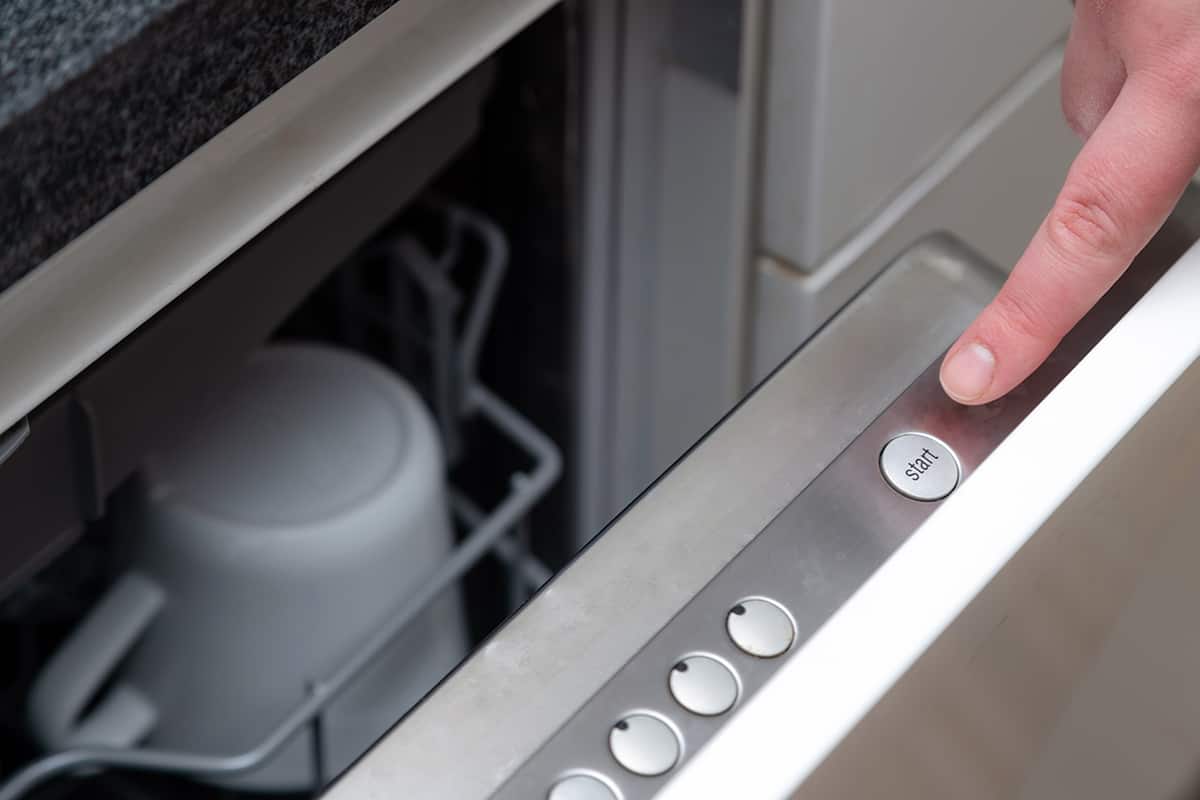
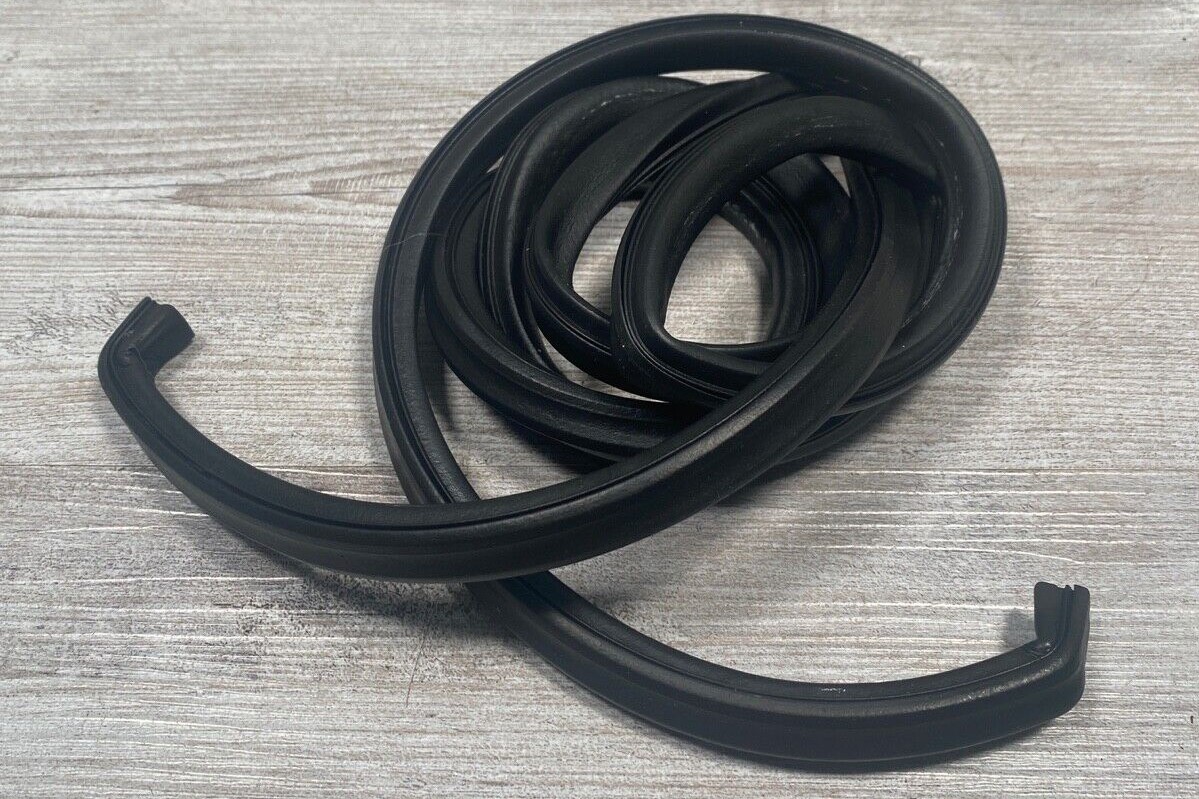
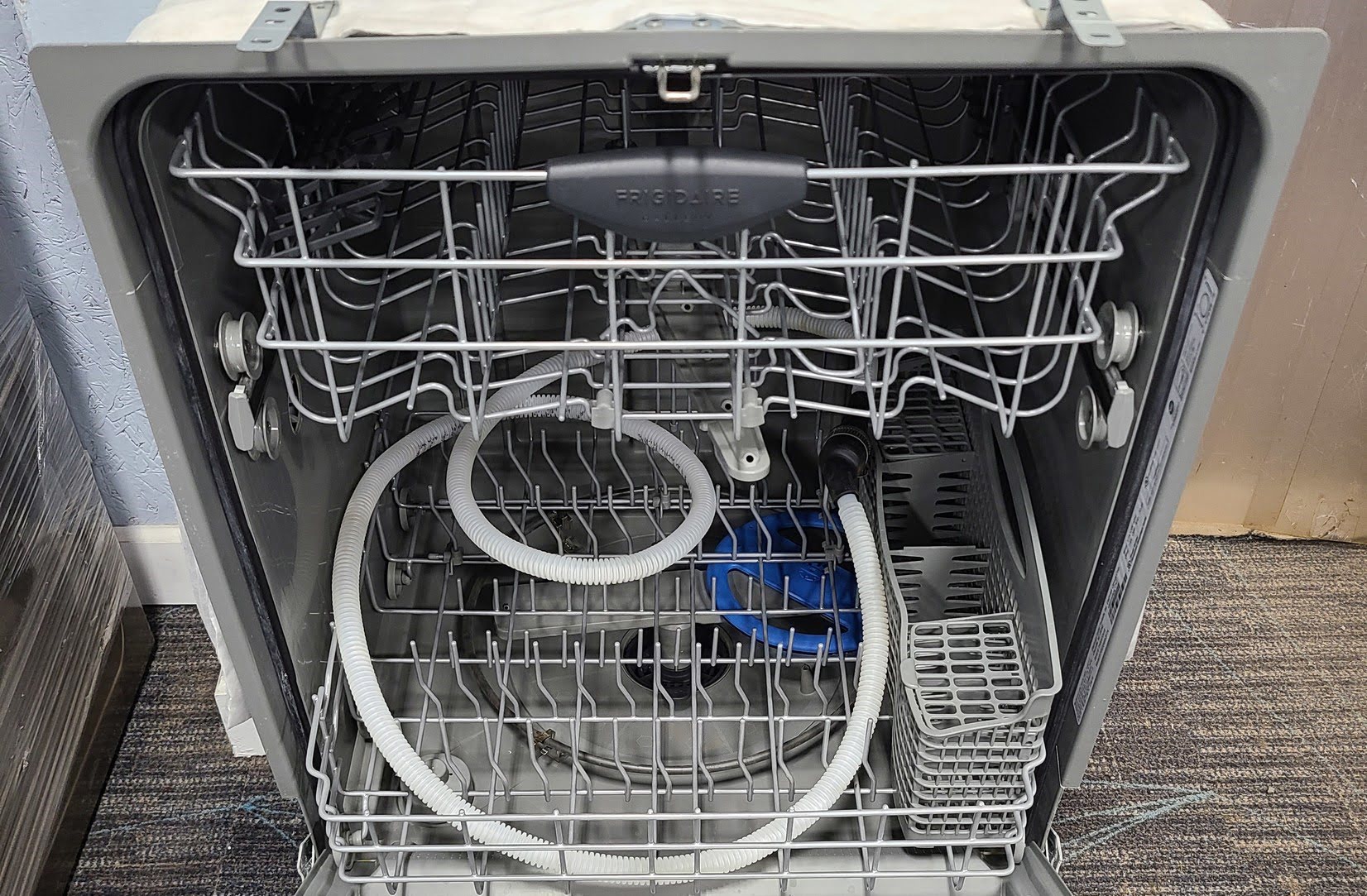
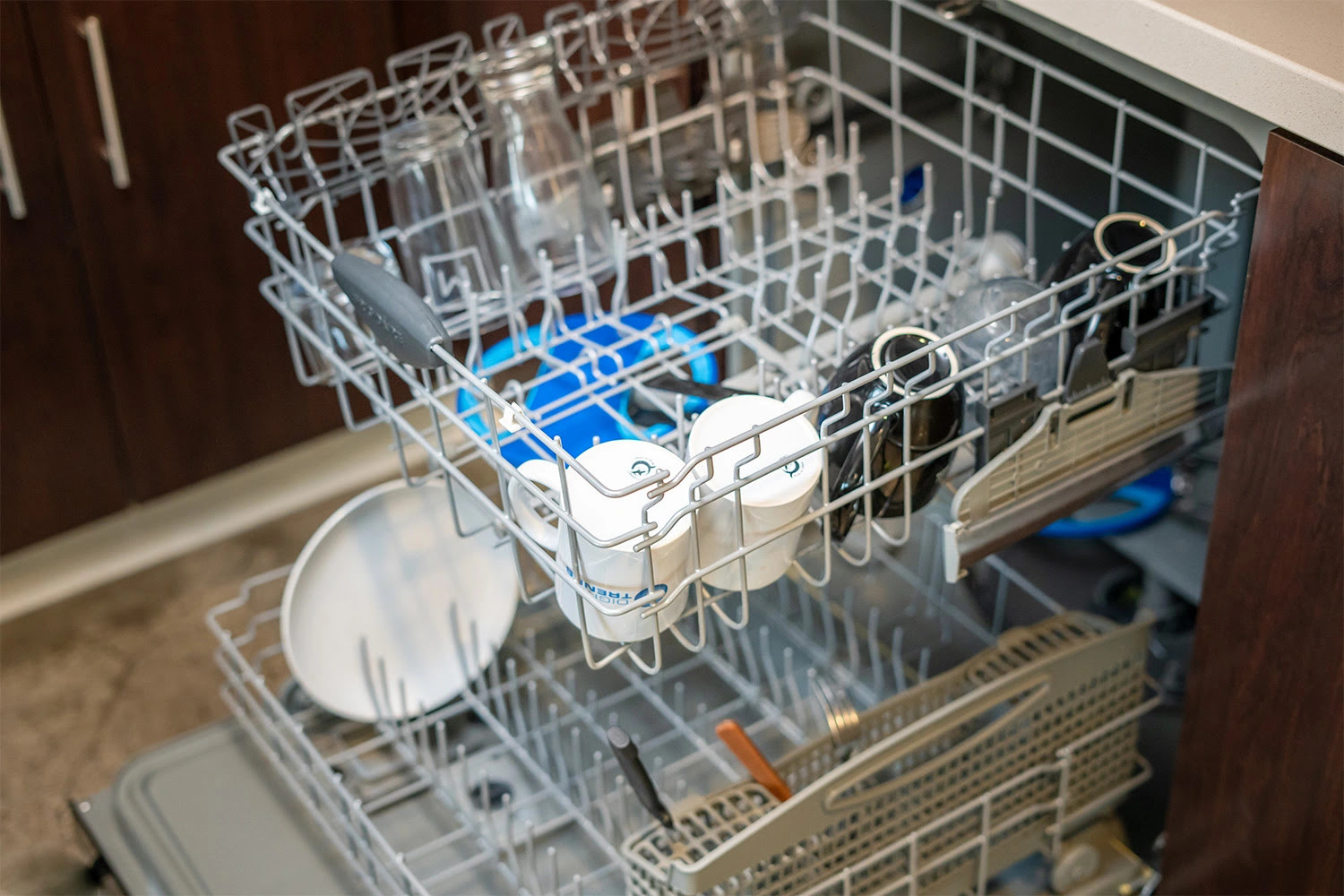
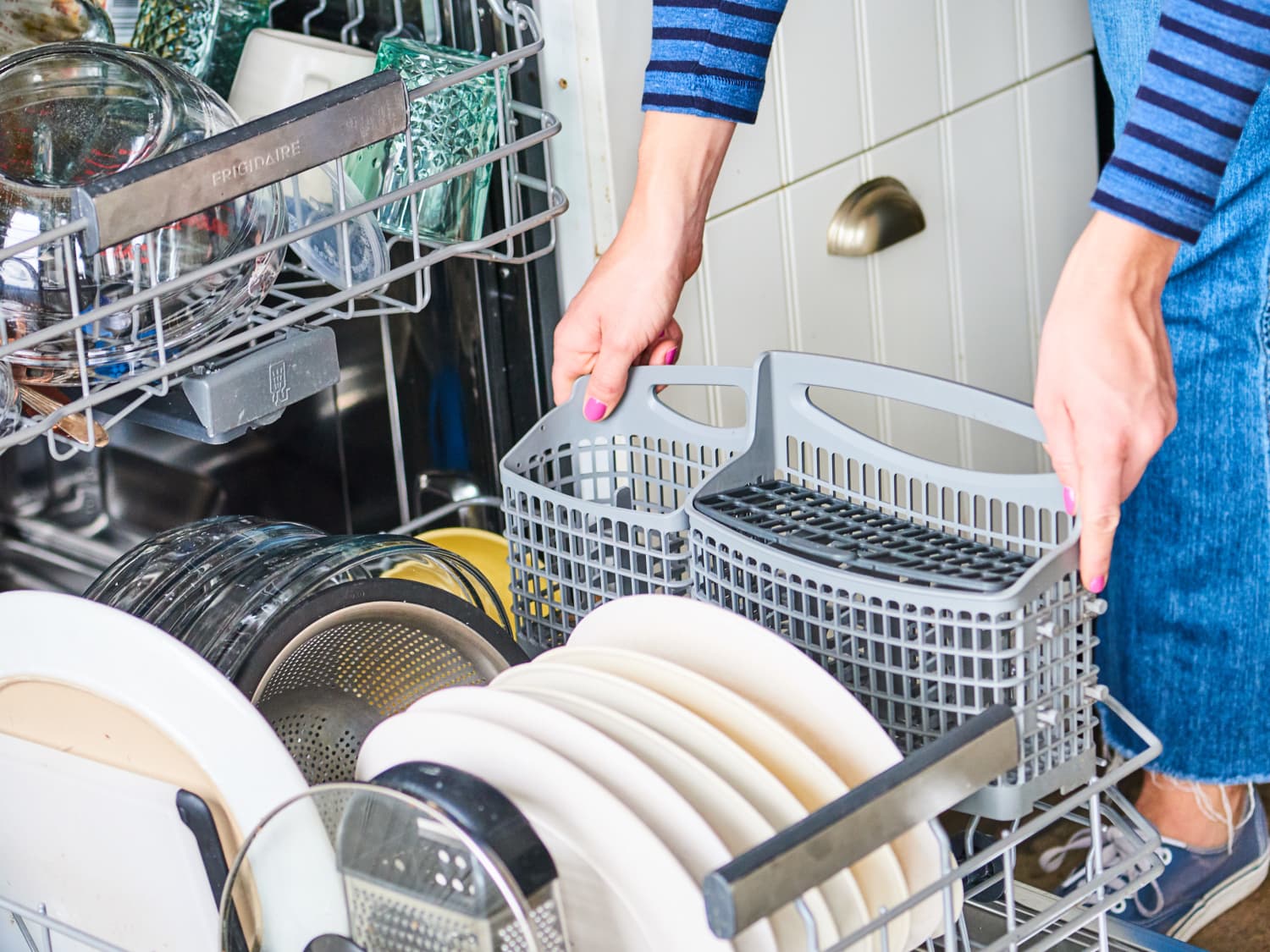

0 thoughts on “How To Start Frigidaire Dishwasher”